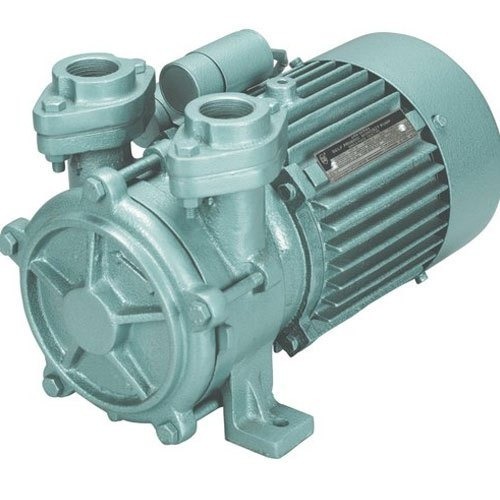
The industrial water pump system should be capable of handling a variety of operating conditions. This includes high temperatures and fluid dynamics, and corrosive processes for liquids or toxic substances.
Pump efficiency also depends on the flow control device and piping configuration. Simple tricks such as impeller balancing, trimming of the tongue of the volute and removing tees, ells and restricted piping can raise pump tu dieu khien bom efficiency to one or two points and help save energy.
Operation that is efficient
It is essential to consider the efficiency when selecting an irrigation system. The most energy-efficient technology can provide a variety of advantages that lower energy usage and increase system reliability.
Most energy can be saved by selecting the right dimension of the pump. Pumps can be oversized to meet the operational demands, but this does not occur very often. A pump that is oversized will operate at a distance from the best efficiency (BEP) and waste energy.
Installing VFDs with the correct control settings can reduce energy consumption and increase motor longevity through keeping the pumps close than their BEP. The required net suction head (NPSHr), and the flow rate, are improved.
The system can switch from one operation point to another by using an booster set, or stage pumps in parallel. This lets it conserve energy during periods of low demand. Continuous monitoring of energy consumption allows real-time maintenance and optimization.
Diverse kinds of industrial pumps
Industrial water pumps are available in various kinds. It is crucial to choose the right pump in an industrial setting in terms of performance as well as effectiveness. It is crucial to evaluate the maintenance and reliability of a particular pump.
Piston pumps are displacement pumps that work through alternating motion. As the piston is moved downwards it draws in air to create suction pressure. When the piston is moved up, the fluid in the chambers of the pump gets expelled.
To save energy, consider using variable frequency drive motors that adjust their speed depending upon demand. You can also install an in-line pumping system that can handle fluctuations in the demand. To ensure a pump lasts for a long time it is vital to perform routine maintenance.
Water Pumping Systems: Functions
In order to transfer liquid from the point of pumping to a point of consumption Industrial pumps are used. They work in conjunction with piping for the transfer of fluid into and out of the facility. The systems need to be constructed in a way that they function as a complete unit. Pipes and pumps are both interdependent, and they should work in tandem.
It is crucial to examine all system components for the purpose of identifying the areas that need improvement. This method is far superior to simply upgrading a component in the pumping systems such as by installing an improved motor.
This is because the correct dimension of the pumps will lower your energy usage. Examining current conditions of operation and estimating potential growth requirements in the future are all part of this process.
Problems and Challenges of Industrial Pumping Systems
Pumps for industrial use are required to be resistant to extreme conditions like high humidity and shock, and corrosive substances. It is essential to check the condition of the pump on a regular basis to make sure it does not fail.
Abrasive or corrosive substances are able to quickly degrade pump components and lead to an increase in energy usage and decreased effectiveness. For proper operation, it is crucial to control fluid dynamics and dissipate heat.
Cavitation is another problem, which occurs when there’s not enough suction at the inlet to the pump. Choosing a self-priming design for your pump can help mitigate the problem. Be sure that your system is designed to provide sufficient suction. The use of user-friendly features for maintenance and standard spare parts could lower the cost of life because they permit rapid repairs that require minimal time.
Innovations in Water Pumping Technology
There are several technologies available to improve the performance and reliability of water pumps for industrial use. These include energy-efficient designs and systems that are intelligent, sealless technology, and advanced material.
Also, variable-speed motors and pressure sensors play a vital part in reducing energy consumption for commercial building. Pressure sensors are able to detect any changes in pressure. They can then adapt the system to suit, thus reducing energy consumption. Up to 30% of energy can be saved by using pump speeds that vary. They can also increase flexibility depending on the building’s demands.
It is essential to size the pump correctly in order to get maximum performance. Pumps are often oversized in order to meet specific requirements, which leads to the loss of energy. The energy savings can be up to 50% if you replace the pump that is too large with an appropriately sized pump.